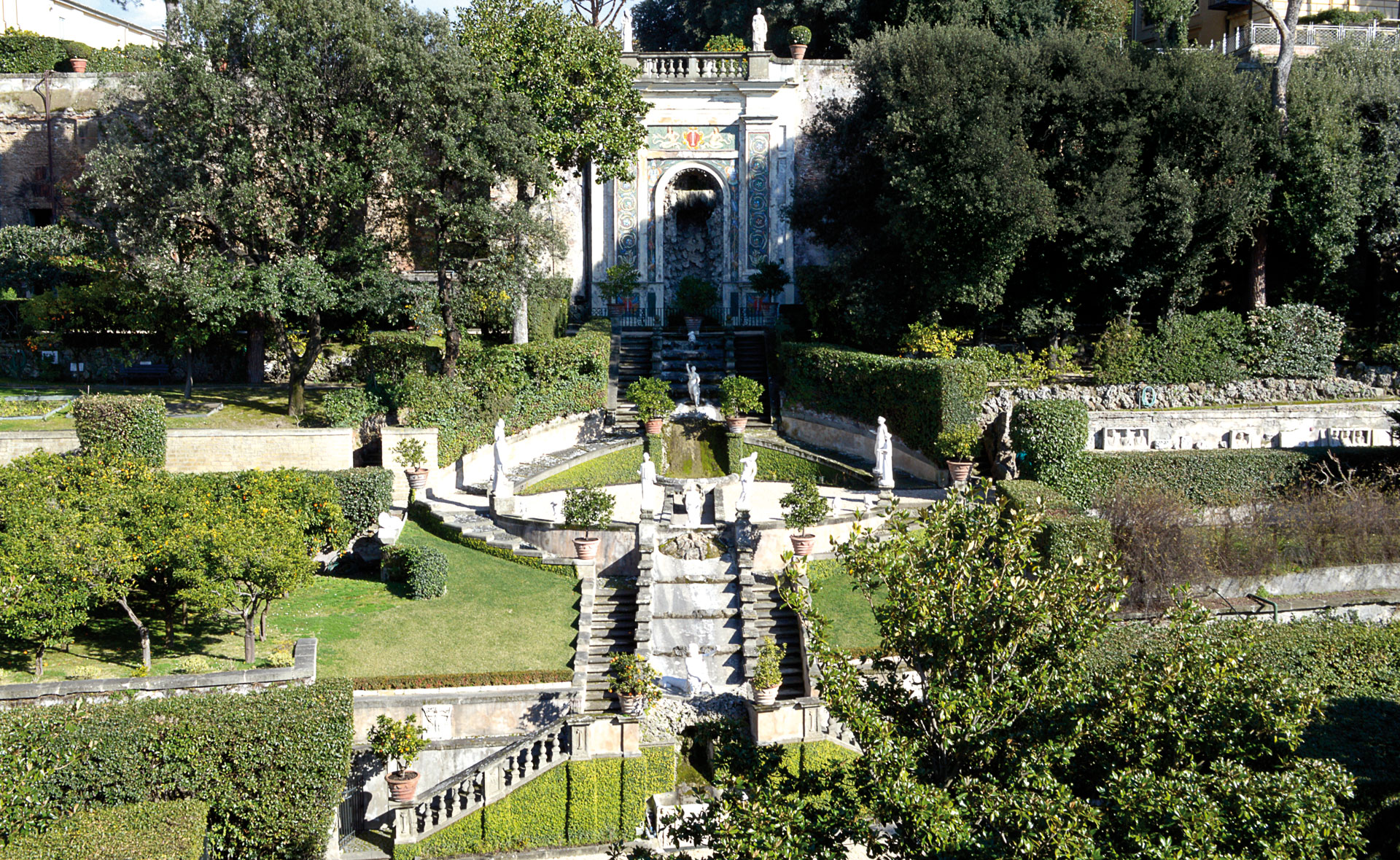It is one of the most magnificent examples of the Roman Baroque style: an unmissable jewel.

Just a stone’s throw from Piazza Venezia and the Quirinale in the heart of Rome stands Palazzo Colonna, one of the largest and oldest palaces in the city, and it is still inhabited today. Construction on it began in the 14th century over the foundation of the ancient Serapide Temple at the behest of the Colonna family, one of the wealthiest and most noble families in Rome, boasting the good fortune of having had Marcantonio Colonna (commander of the papal fleet, winner of the Battle of Lepanto of 1571 against the Ottomans) as an ancestor.
The cannonball lying on the stairs of the Great Hall of the Palace is quite interesting: it has remained there since 1849 when it was shot from Janiculum Hill by the French army, who had come to the aid of Pope Pius IX during the Republican insurgence in Rome.
The gallery is the heart of the family art collection and is extraordinary in both size and beauty; it is 40 metres long and entirely covered with mirrors, frescoes and splendid works by Guercino, Tintoretto and Guido Reni. Pass the two, majestic, Siena-yellow marble columns to enter the Room of Landscapes, so called for the numerous countryside paintings by Gaspard Dughet. The vault depicting the Allegory of the Battle of Lepanto was painted at the end of the seventeenth century by Sebastiano Ricci. Apotheosis Hall is just before the Throne Room which is also dedicated to the Pope of the family, Martin V, and is rich in important masterpieces including The Beaneater by Annibale Carracci and works by Paris Bordone, Bronzino, Perugino and Tintoretto.
The 15th-century apartment of Princess Isabelle, Prince Marcantonio VII Colonna’s wife, is an authentic treasure chest. Among the many rooms, the Fountain room stands out for the ancient Roman fountain exhibited in the centre. The vault of this room was frescoed by Pinturicchio and still preserves its original Venetian-style flooring.
Don’t miss the gardens of Palazzo Colonna: a green oasis in the centre of Rome. Pass Via della Pilotta and reach the Colonnesi Gardens, where there is a splendid nymphaeum with rocaille decorations: a true “water theatre”. Interestingly, in exactly this point it is possible to catch a glimpse of the ancient remains of
the Serapide Temple which Emperor Caracalla had built in the third century.
